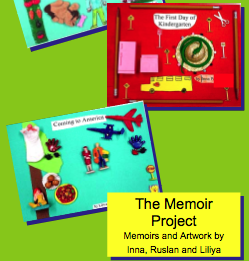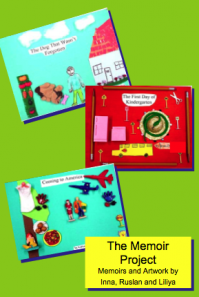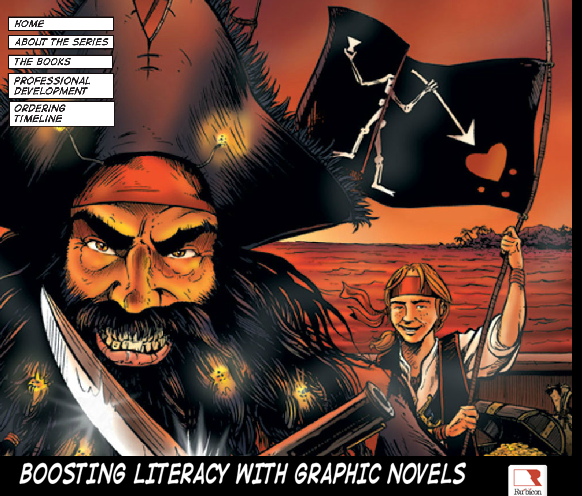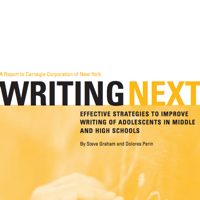Next week (August 6-8), I will present at the Oregon Department of Education’s 2007 Summer Institute: “Strategies for Student Success” at the Oregon Convention Center in Portland, Oregon. More
I’ll be bringing my TurningPoint audience response system and we will model student engagement strategies with the audience. The last time I was in Oregon, I ran a full day session for over 350 teachers and administrators with a response system and live blog. It includes some great posts by teachers on rigor and relevance in their classrooms. More
Download revised presentation material for each a session below – includes audience response data.
“Rigor, Relevance and Literacy for Middle School Teachers”
Boost student achievement with rigor, relevance and literacy. This session is designed for intermediate and middle school teachers of all disciplines. It will demonstrate that teachers don’t have to sacrifice content to help their students achieve academic success. You’ll experience practical examples of how teachers support standards-based instruction in their subject area while improving student skills in vocabulary, comprehension and analysis. This engaging workshop guarantees to be rigorous and relevant to teachers—we’ll actually use the strategies being promoted, not just talk about them! It will feature an audience response system that helps us model a student-centered approach to learning. Teachers prefer workshops that share practical instructional ideas—and you will leave with many strategies ready for use in your classroom. MS-presentation.pdf (2 MB)
“Rigor, Relevance and Literacy for High School Teachers”
Same themes as the middle school presentatation with some different examples. HS-presentation.pdf
“Leading for Rigor, Relevance and Literacy”
See what happens when schools share a vision of quality instruction based on Rigor, Relevance and Literacy. The session demonstrates how educators can boost achievement with a consistent focus on common standards-based instructional strategies in a student centered classroom. It is designed for district and building administrators of all levels. The session will demonstrate that teachers don’t have to sacrifice content to help their students achieve academic success. This engaging workshop guarantees to be rigorous and relevant to instructional leaders. You’ll leave with many new ideas and loads of strategies ready for use with your teachers. We’ll use an audience response system to effectively model a student-centered approach to learning. You’ll experience practical examples of how school leaders can support their teachers while they build student skills in vocabulary, comprehension and analysis. Admin-presentation.pdf (1 MB)







